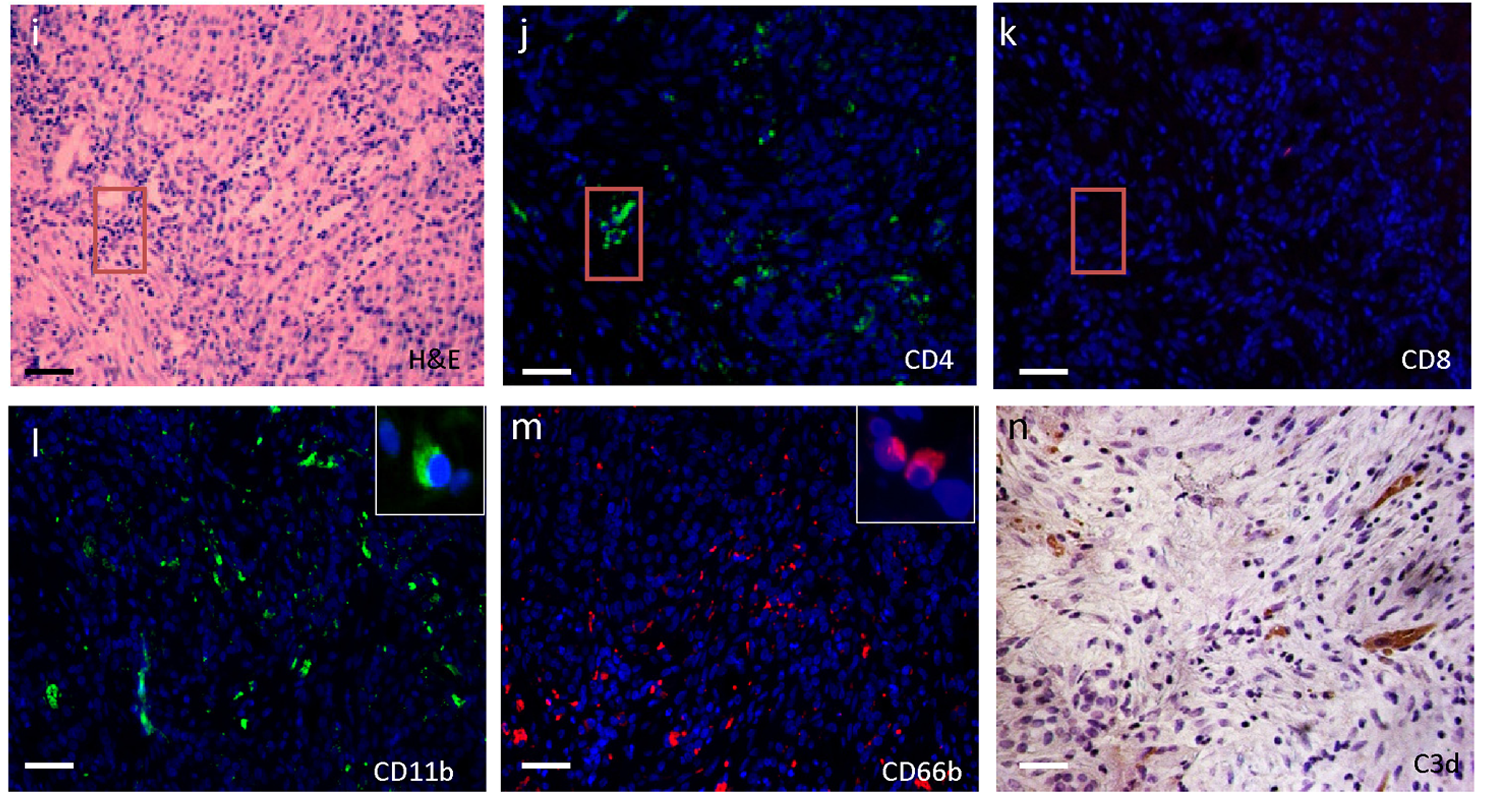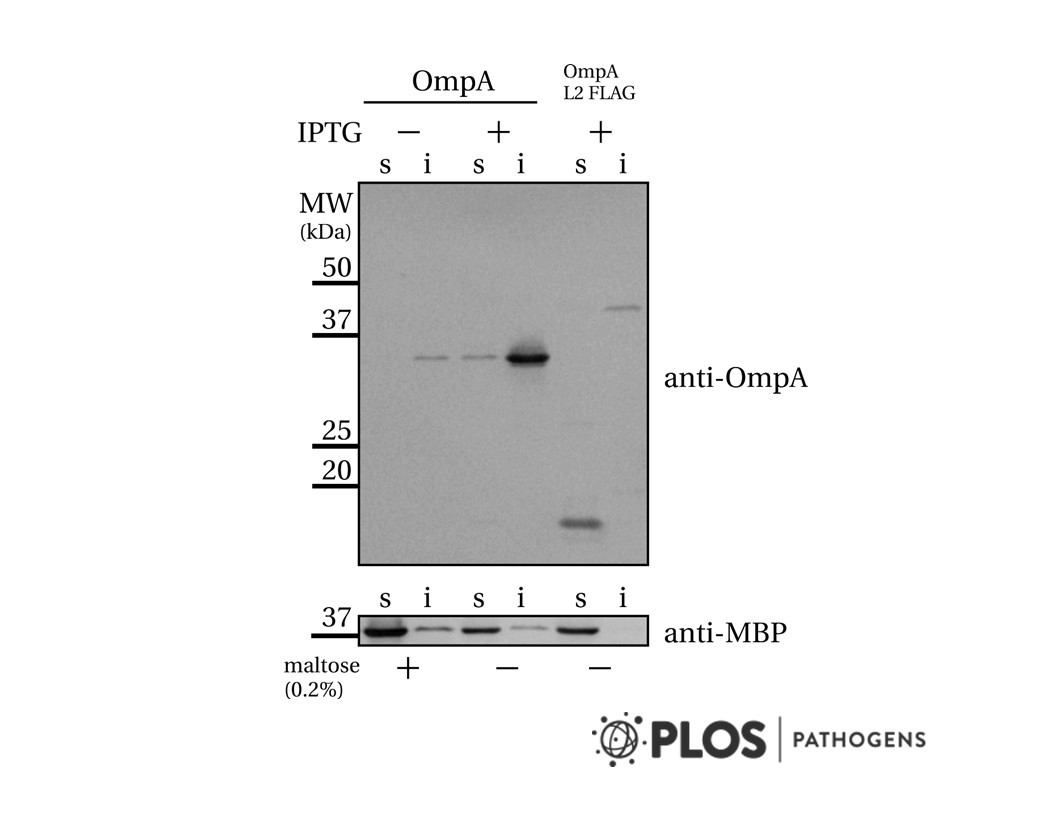
Cat. #151429
Anti-CD19 [BU12] mAb
Cat. #: 151429
Sub-type: Primary antibody
Unit size: 100 ug
Availability: 3-4 weeks
Target: CD19
Class: Monoclonal
Application: FACS ; IHC ; IP
Reactivity: Human
Host: Mouse
£300.00
This fee is applicable only for non-profit organisations. If you are a for-profit organisation or a researcher working on commercially-sponsored academic research, you will need to contact our licensing team for a commercial use license.
Contributor
Inventor: Roy Jefferis
Institute: University of Birmingham
Tool Details
*FOR RESEARCH USE ONLY
- Name: Anti-CD19 [BU12] mAb
- Alternate name: CD19 Molecule; B-Lymphocyte Surface Antigen B4; T-Cell Surface Antigen Leu-12; Differentiation Antigen CD19; CD19 Antigen; CVID3; B4
- Clone: BU12
- Tool sub type: Primary antibody
- Class: Monoclonal
- Conjugation: Unconjugated
- Strain: Balb/c
- Reactivity: Human
- Host: Mouse
- Application: FACS ; IHC ; IP
- Description: CD19 is a member of the immunoglobulin superfamily and has two Ig like domains. It is a single chain glycoprotein, present on the surface of normal and neoplastic B-cells. CD19 is expressed at an early stage by projenitor B-cells in bone marrow and during all stages of B-cell maturation. This antigen is lost upon terminal differentiation to plasma cells. CD19 is important for detecting both normal and neoplastic B-cells. CD19 is present on neoplasms arising from early B-cells (e.g. acute leukaemia of pre-B-cells) and more differentiated B-cell neoplasms (e.g. chronic Lymphocytic leukaemia and non-Hodgkin's lymphoma). Leukaemia phenotype studies have demonstrated that the earliest and broadest B cell restricted antigen is the CD19 antigen. The CD19 cytoplasmic domain binds tyrosine kinases and PI-3 kinase.
- Immunogen: Human EB-4 Burkitt's lymphoma cell line
- Isotype: IgG1
Target Details
- Target: CD19
- Target background: CD19 is a member of the immunoglobulin superfamily and has two Ig like domains. It is a single chain glycoprotein, present on the surface of normal and neoplastic B-cells. CD19 is expressed at an early stage by projenitor B-cells in bone marrow and during all stages of B-cell maturation. This antigen is lost upon terminal differentiation to plasma cells. CD19 is important for detecting both normal and neoplastic B-cells. CD19 is present on neoplasms arising from early B-cells (e.g. acute leukaemia of pre-B-cells) and more differentiated B-cell neoplasms (e.g. chronic Lymphocytic leukaemia and non-Hodgkin's lymphoma). Leukaemia phenotype studies have demonstrated that the earliest and broadest B cell restricted antigen is the CD19 antigen. The CD19 cytoplasmic domain binds tyrosine kinases and PI-3 kinase.
Applications
- Application: FACS ; IHC ; IP
Handling
- Format: Liquid
- Concentration: 0.9-1.1 mg/ml
- Unit size: 100 ug
- Storage buffer: PBS with 0.02% azide
- Storage conditions: -15° C to -25° C
- Shipping conditions: Shipping at 4° C
References
- Bortolotti et al. 2016. Toxins (Basel). 8(6):. PMID: 27338475.
- High in Vitro Anti-Tumor Efficacy of Dimeric Rituximab/Saporin-S6 Immunotoxin.
- Flavell et al. 2006. Br J Haematol. 134(2):157-70. PMID: 16771848.
- The anti-CD20 antibody rituximab augments the immunospecific therapeutic effectiveness of an anti-CD19 immunotoxin directed against human B-cell lymphoma.
- Behr et al. 1995. J Exp Med. 182(5):1191-9. PMID: 7595190.
- Engaging CD19 or target of an antiproliferative antibody 1 on human B lymphocytes induces binding of B cells to the interfollicular stroma of human tonsils via integrin alpha 4/beta 1 and fibronectin.
- Schlossman SF. et al. 1995. Leucocyte Typing V. Oxford University Press
- Callard et al. 1992. J Immunol. 148(10):2983-7. PMID: 1374445.
- CD19 regulation of human B cell responses. B cell proliferation and antibody secretion are inhibited or enhanced by ligation of the CD19 surface glycoprotein depending on the stimulating signal used.




